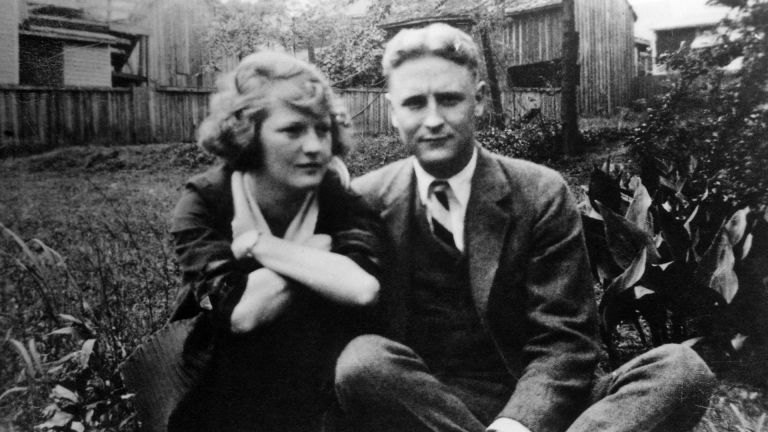Like James Bond or Doctor Who, we’ve all got our personal favourite when it comes to vampires – whether it’s Christopher Lee, Gary Oldman, or Robert Pattinson. Vampires remain extraordinarily popular on the small and big screens.
Most of what we currently associate with vampires stems from Bram Stoker’s novel Dracula, first published in 1897. The story was soon adapted to film, and so began the career of one of popular culture’s most recognisable icons. But a few years ago I became interested in the earlier history of the vampire – not just in the century before Dracula, but in years that led to the first vampire tale published in English: Dr John Polidori’s The Vampyre of 1819.
It was not until 1725 that vampires first appeared when a medical officer in the Imperial army described vampire activity.
In fact, Polidori was dealing with a figure that was already well established. Vampires were first discovered at the borders of the Habsburg Empire (later the Austro-Hungarian Empire) in the early 18th century. Reports of witches, ghosts, and various demons sucking human blood go back to earliest times, but it was not until 1725 that vampires first appeared when a medical officer in the Imperial army described vampire activity in a report to his high command. Over the course of eight days in the village of Kisolova, nine people had been strangled and then had their blood sucked. Although the man held to be responsible, one Peter Plogojowitz, had been dead and buried for 10 weeks, he had apparently risen from the grave. Local Serbian soldiers promptly dug up his corpse and found it to be quite fresh with blood in its mouth. They drove a stake through his heart, and cremated the body. The vampire was born – and simultaneously slain.
A Viennese newspaper carried the report of these activities, and the epidemic spread. More and more cases came to the attention of the Habsburg authorities. The Emperor Charles VI sent teams of investigators, including military surgeons, to perform autopsies and take statements. They found that the cases were remarkably consistent. Dozens of articles and books were consequently published on the subject by researchers, and vampires were seriously debated throughout the so-called ‘age of reason’. Vampirism had characteristic signs and symptoms, such as corpses having fresh blood running through their veins, and the condition was verified by large numbers of witnesses.
The experts came up with various theories: some argued that it was a mass trauma and delusion brought about by the imposition of martial law in these regions, some blamed diet or the ingestion of the drug datura that caused hallucinations and delirium, some suggested that the chemical composition of the earth in certain areas prevented the normal decomposition of corpses and some suggested it was a side-effect of a contagious disease. Others however concluded that the phenomenon really was occurring and needed to be dealt with by the powers that be.
The debate went well beyond the medical world. For theologians, vampires seemed to prove the existence of some sort of afterlife, while philosophers pondered the nature of proof: there was such widespread evidence supporting the existence of vampires that the whole value of testimony and eyewitness verification was cast into doubt. Vampires were everywhere, spreading through European society as a metaphor for politicians, landlords, businessman and even theatre critics. The Earl of Sandwich even had a racehorse named Vampire.











